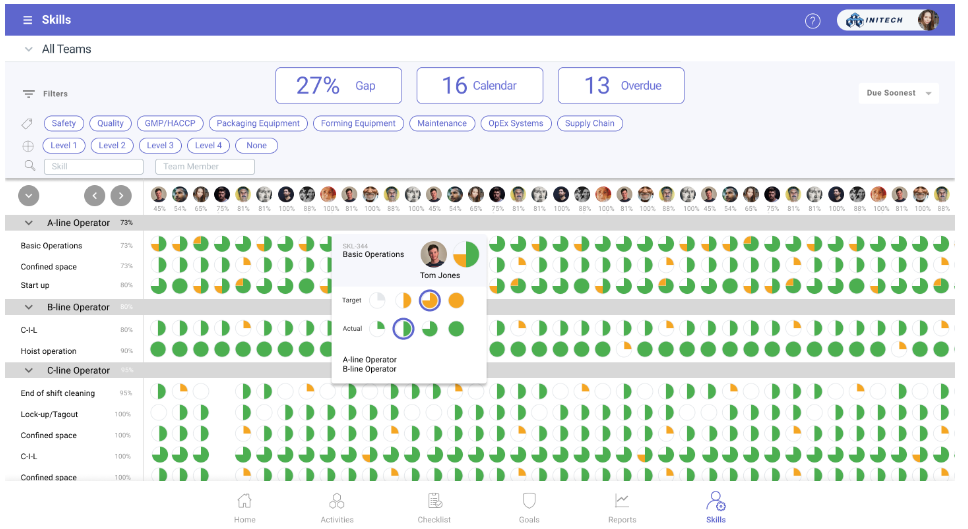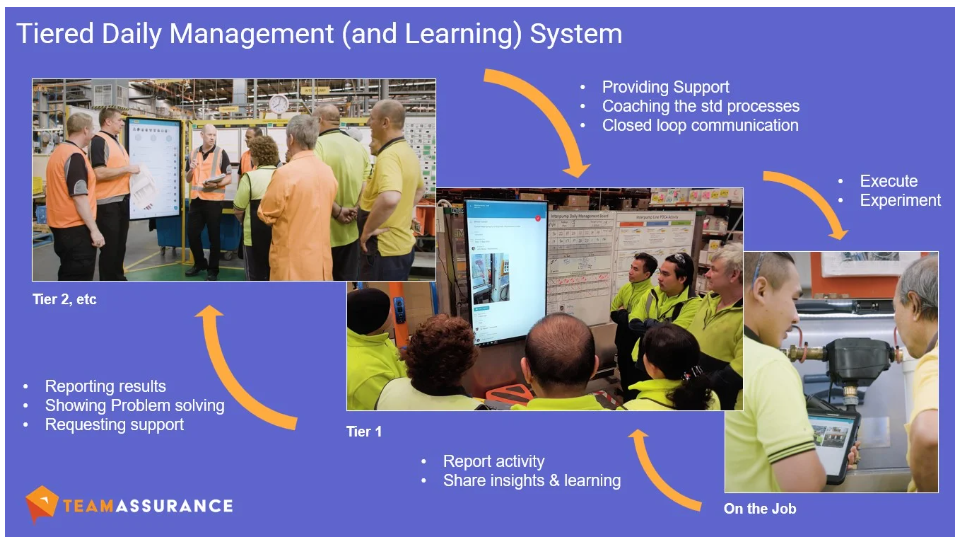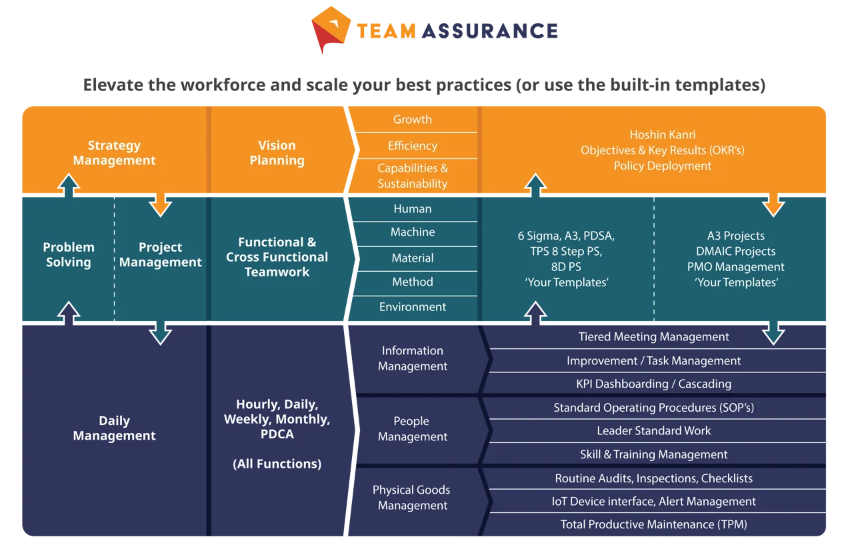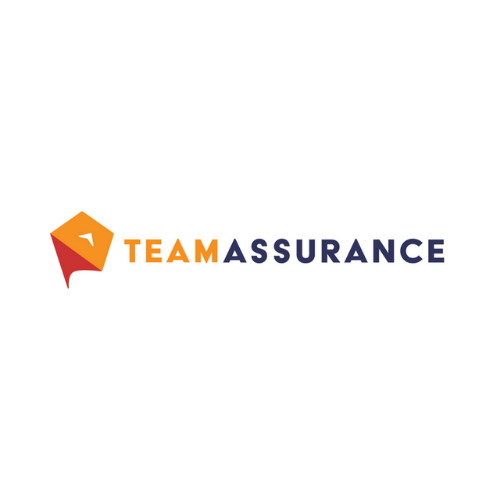Rethinking a reliance on compliance based skills management can lead to major gains for staff loyalty, engagement, and contribution.
TeamAssurance has been working on features that enable training and development to occur as BAU and self-driven activity. Rather than simply a box-ticking exercise, skills management becomes an opportunity to engage staff, expand team skillsets, provide agency, and provide leaders with real-time visibility.
Nick Strybosch (Head of Product) discusses and demonstrates the key features that enable dynamic skills management within the DMS here:
Why Rethink Compliance-Based Skills?
All too often our motivations and subsequent actions are driven by extrinsic motivation. Whether it’s striving to reach a budgeted number, corporate or legislative requirements, or ticking the box for accreditation or audit completion.
We are motivated to do things to move toward reward or to avoid the negative consequence. We can apply this to any facet of organisational life and its a deeply flawed approach. It's particularly problematic when it comes to people development and performance review.
The Flaws of Traditional, Compliance-Driven Skills Management
Many organisations simply do not have any formal structure or visibility for process ownership or the relevant skills. The need for these are generally not recognised until significant problems begin to arise. Often, processes literally grind to a halt due to employee attrition or absenteeism.
In instances where organisations do have a structure in the form of a documented skills matrix, a training and development plan, and a formal review process the application and efficacy of this process can be left wanting. This leaves all stakeholders coming up short and the perception of process as an inconvenience.
Organisations often view the administration of skills management as a time-suck, extraneous financial cost. It is then often applied as a one-way, top down and compliance-based (read: box ticking) process due to its low priority and perceived value from leadership.
We have all been there; training and assessment or performance review conversations are left to the last minute or conducted when there is a convenient “lull” in workload. The functional leader hurriedly delivers the script with a minimum level of meaningful engagement. There is an aim to reach a predetermined outcome - the base requirement of compliance.
Why Compliance is Not Enough
In this world we set everyone up for failure – sure we may be “compliant” and maintain a veneer of doing the right things. However, the reality is that often we value compliance over a genuine need and want to coach or engage people in meaningful growth. When we ignore dynamic learning and development opportunities we only achieve the suboptimal outcomes.
Of course, compliance and accountability are important – but it is not the Why.
The why is about rising above minimum requirements and moving toward a culture of learning and improvement. Both personally and professionally, too, This is achieved via a robust process supported by an active and inclusive approach from leadership. The why is about creating meaningful engagement and an ongoing performance. It's about facilitating a continuous dialogue that optimises outcomes for employees and organisations alike.
Employee engagement and wellbeing should be held at a premium. There should be clarity of purpose, organisation-wide alignment on the goals, and clearly defined role expectations. Employees should have visibility of development pathways that allow for flexibility. Where opportunities diverge or converge depending on the mutual needs of the employee and the organisation. A good quality development program will allow an employee to thrive; building on current foundational skills and developing latent potential. It will equip individuals with the appropriate skills or level of skill and include coaching / guidance from peers and leaders.
Going Beyond Compliance Based Skills Management
Moving beyond a reliance on compliance based skills management starts with a decent skills matrix. All roles and activity should be clearly defined and visualised. Stakeholders must have currency in assessment against clearly defined competency criteria. All stakeholders will have clear visibility of their current skill level and a view of the next steps in their development pathway.

An interconnected skills matrix in TeamAssurance capturing all activity and competencies.
From the horizontal development of cross-functional, complimentary skills to building on and refining a functional skill set. The process should, of course, be based on well-documented standard activities for each level of competency. Each will have clear criteria on which to assess competency against.
Underpinning this is a good quality recruitment and onboarding process. One that matches the right people to the organisation and to their roles technically, culturally and behaviourally. Employee movement and progression through these processes may be internal or external. Solid processes here set employees up for long term success as they acclimatise to the organisational environment. The specific job requirements are consistently reinforced through support mechanisms and infrastructure.
Broadening the Lens on Skills Development

The development process needs to be aimed at uncovering, nurturing and growing talent and capability within an organisation. An ideal process should be organic but within a a balanced framework. There should be a healthy mix of top-down direction and accountability as well as bottom-up ownership and engagement. Each should be geared toward mutually beneficial goals and objectives.
An integral component in making all of this happen is regular formal interaction. Leaders take the role of coach working hand-in-hand with employees. They must understand and be directed by both the needs of the business and the development requirements (or opportunities) for the individual and team.
This is a forum where communication and feedback can flow freely. Shared understanding is fostered through clarity. Knowing that a large percentage of our workforce are not engaged or actively disengaged, compliance based skills management approaches are clearly not effective.
Here's what is effective and what the research tells us is that people want:
- Opportunities in the workplace to learn and grow
- Having someone who encourages their development
- Feeling like someone is invested and cares about them and their development
- Having clarity and knowing what is expected of them
Think about how you can move toward a development model that ticks ALL of these boxes – not just the basics.
A C.I. framework to complement dynamic skills management
Providing autonomy to individuals and teams requires systems that support decision making at every level. This must be supported by the right data and at all times, aligned to strategy. Supporting individual Mastery requires people to be able to freely access the training & know-how they need to better themselves.
We must aim to provide individuals and teams with a purpose larger than themselves. This is achieved through processes that connect them & their toil routinely to the big picture.
The diagram below outlines how we designed an interconnected platform which achieves these goals. One that avoids the locally optimised and disconnected 'point solutions' (digital or analog) that do not help sustain business performance or maximise the potential of employees.
 TeamAssurance enables organisations to embed dynamic skills management and improvement processes at all levels. If you'd like to explore the opportunities offered by digital aids to Lean tools, contact us for a demonstration.
TeamAssurance enables organisations to embed dynamic skills management and improvement processes at all levels. If you'd like to explore the opportunities offered by digital aids to Lean tools, contact us for a demonstration.
Written by Paul Dunlop for TeamAssurance
.png?width=190&name=IPA%20Logo%20Transparent%20(Hi-Res).png)




